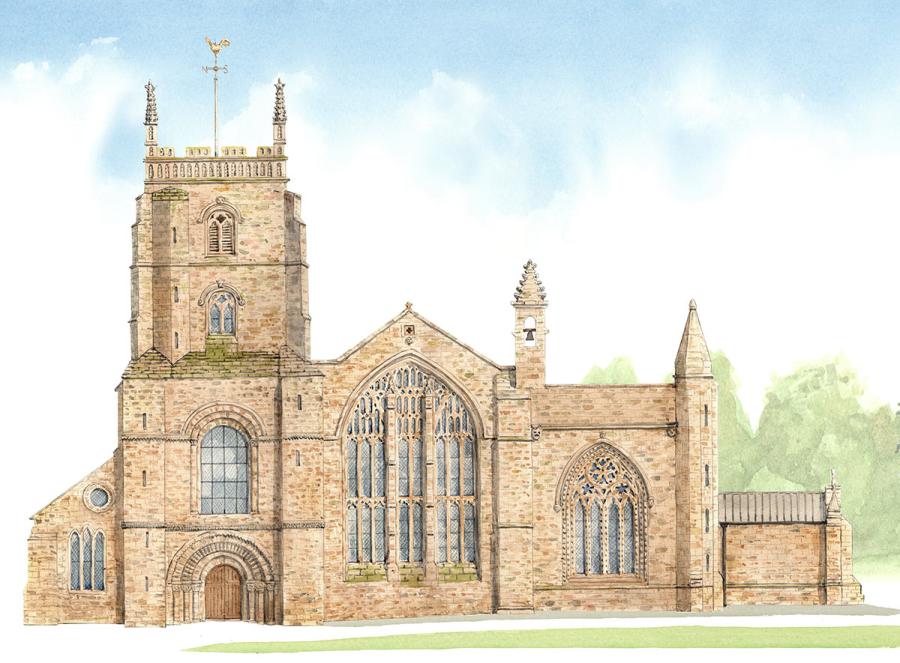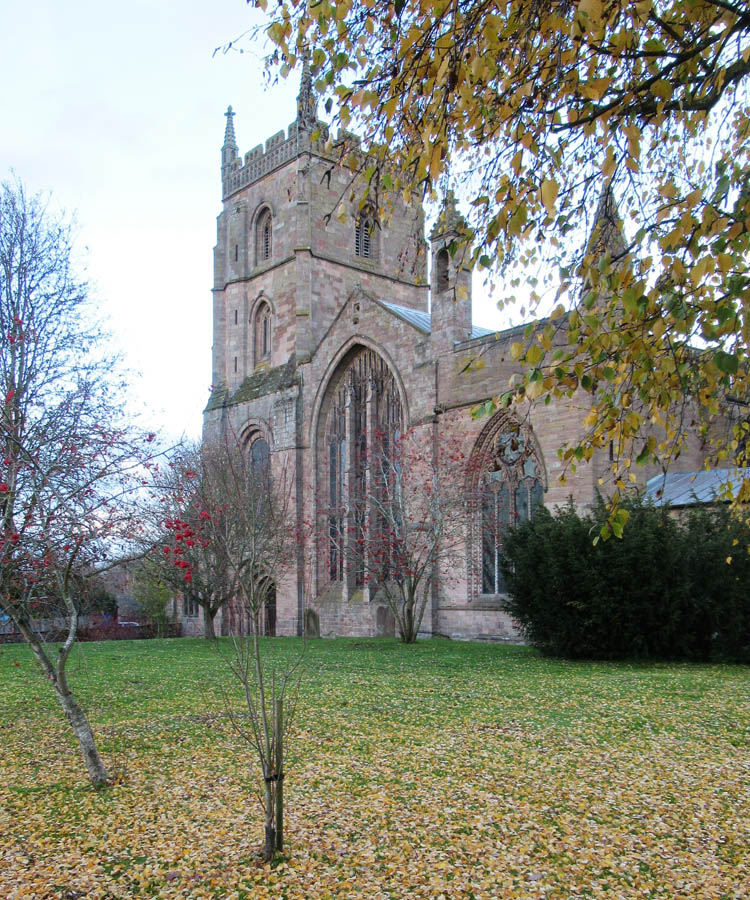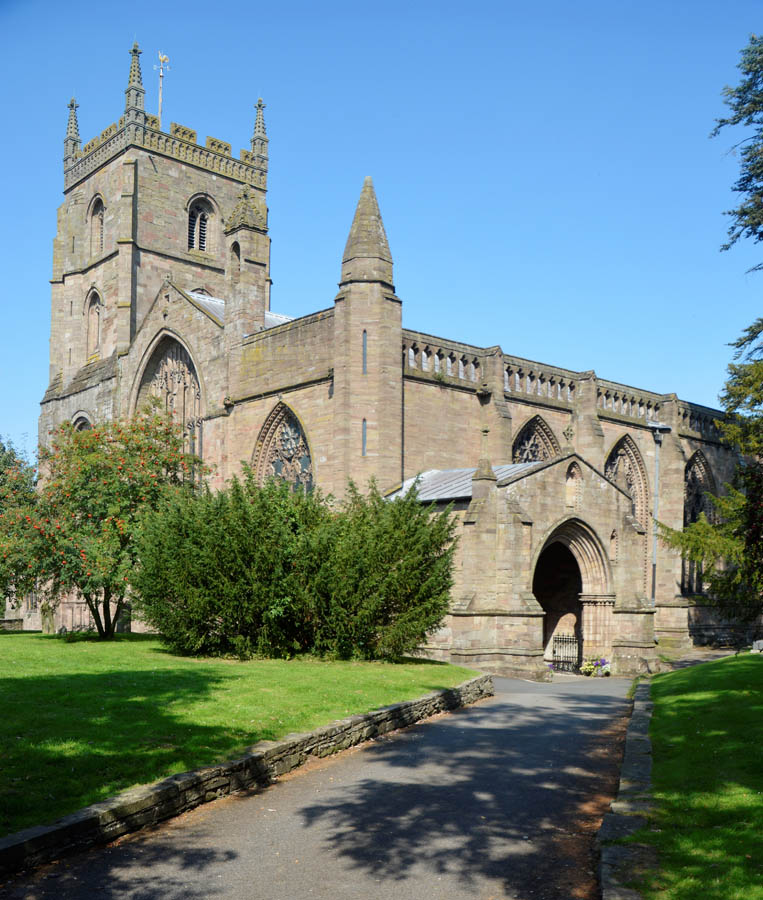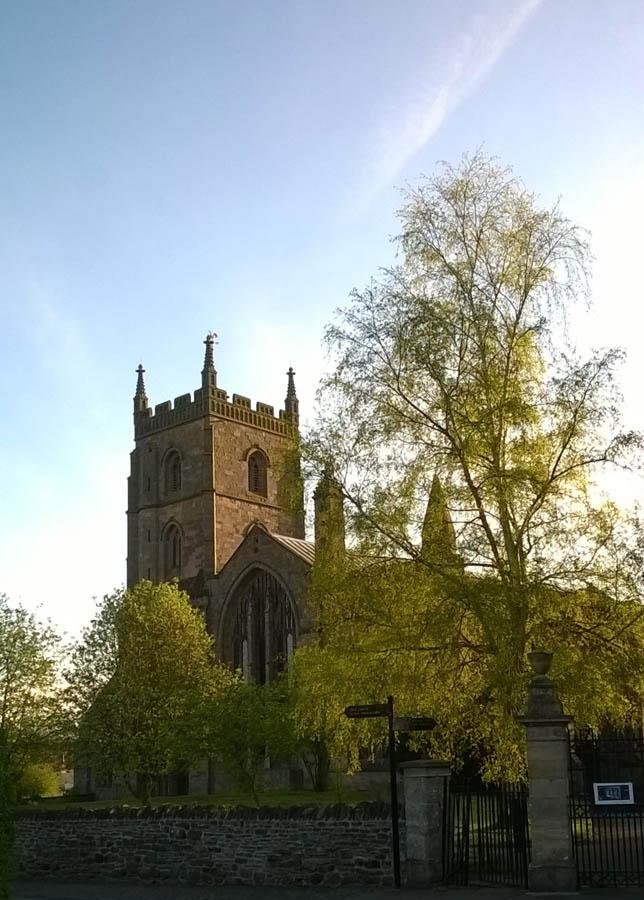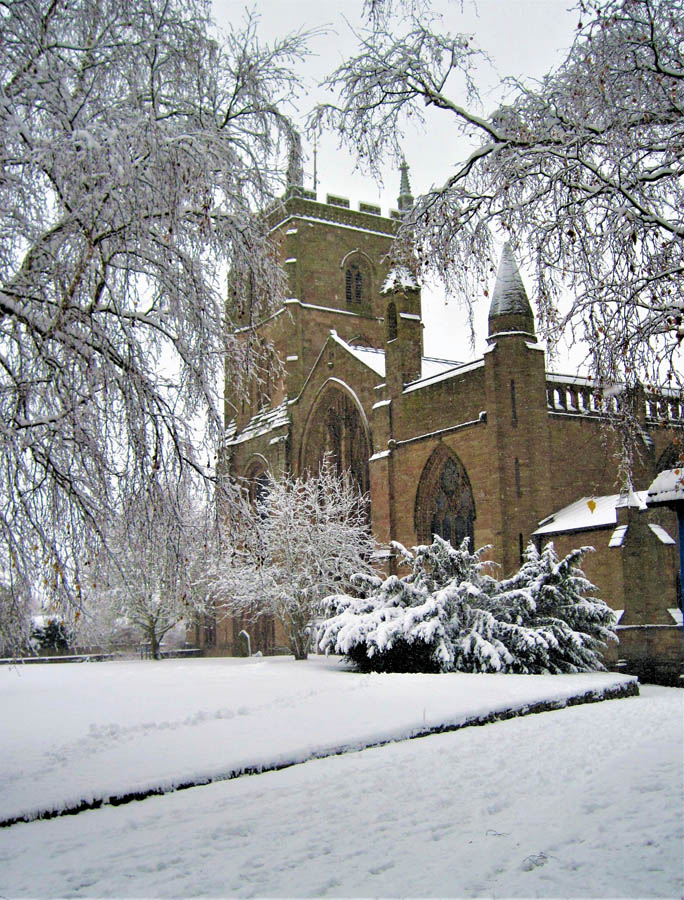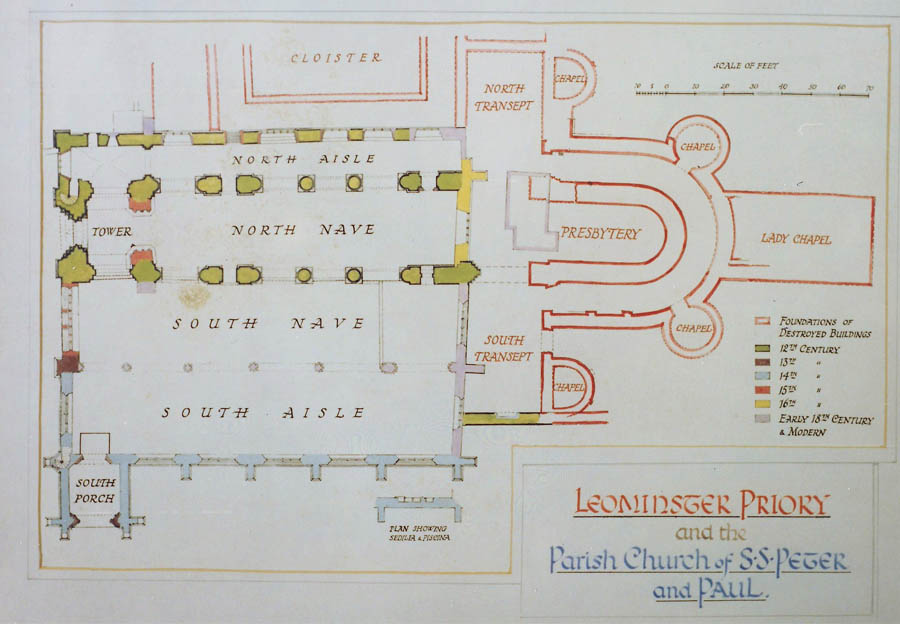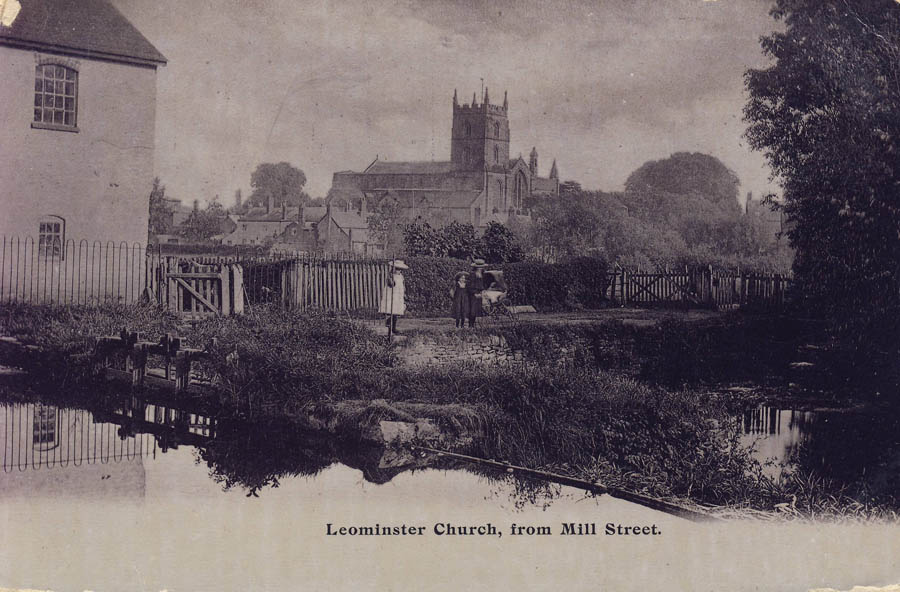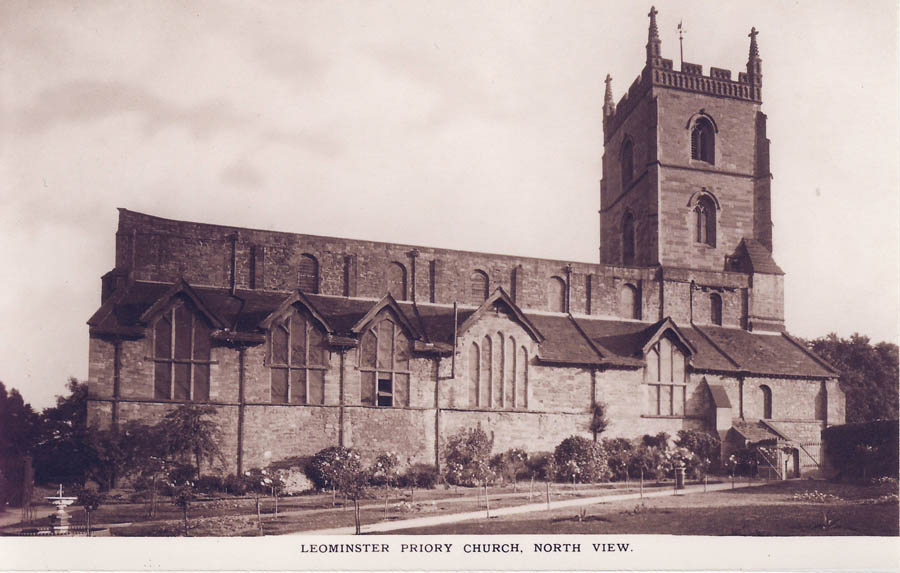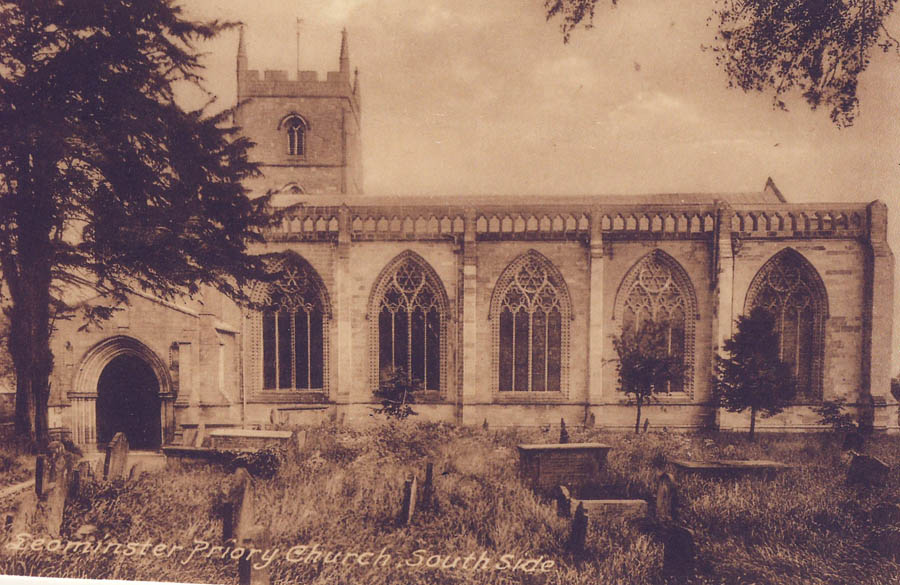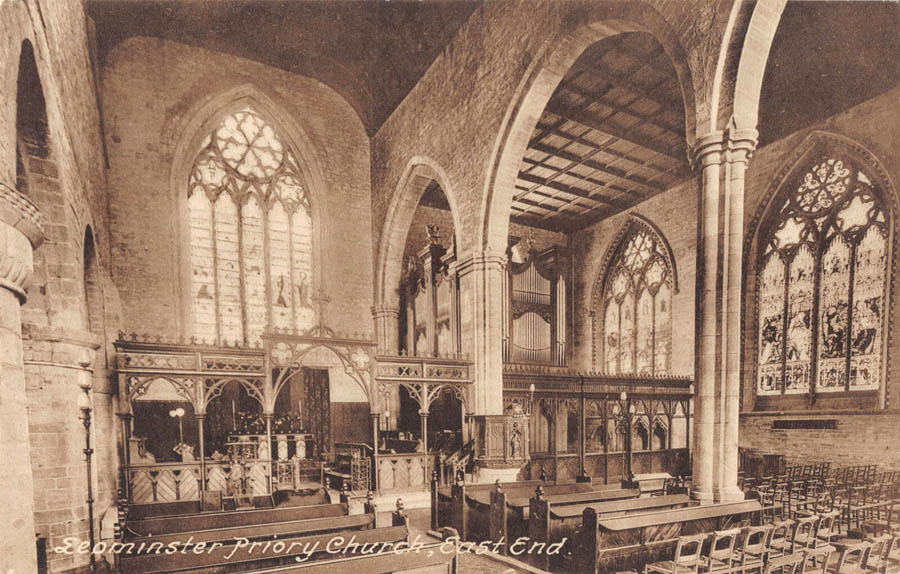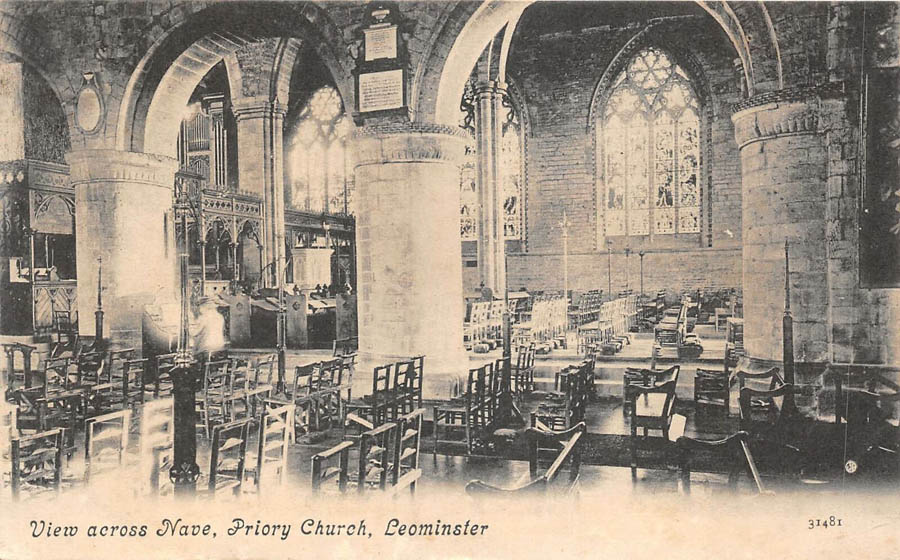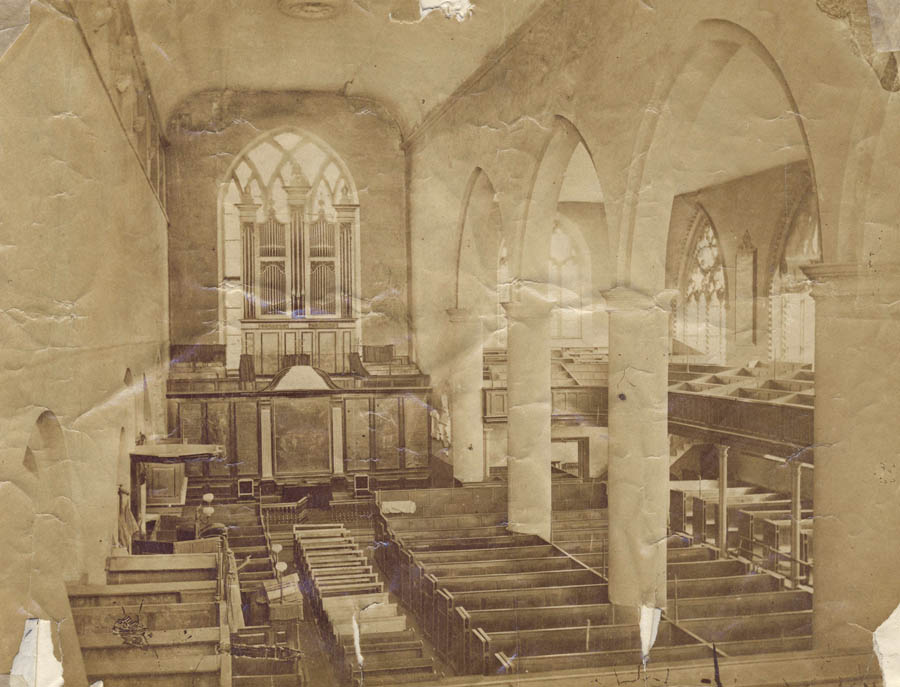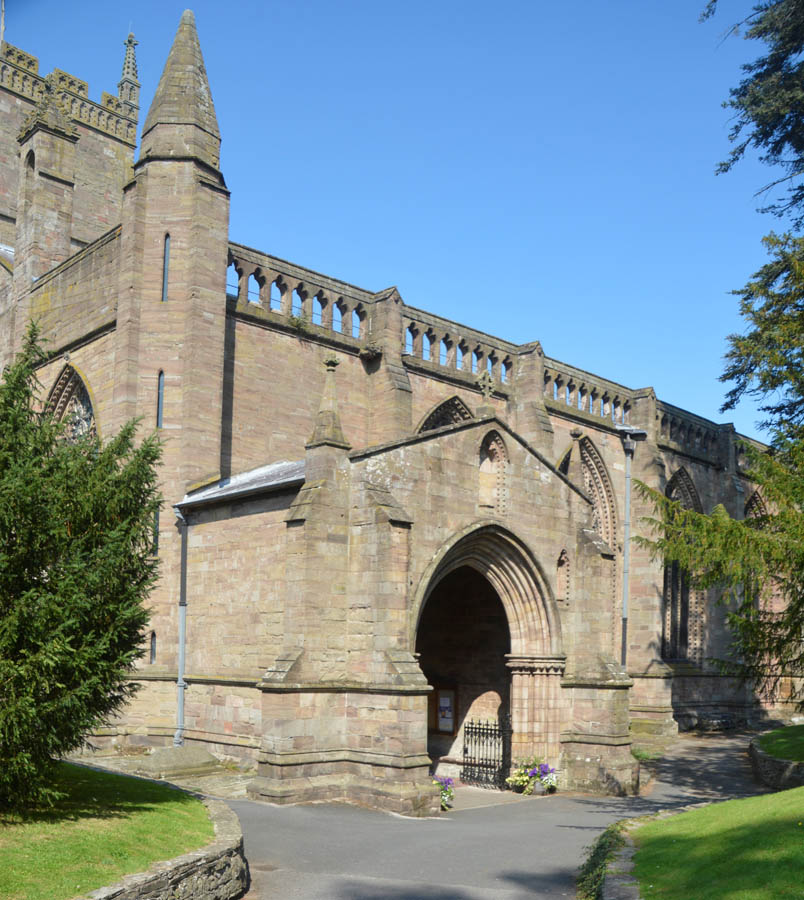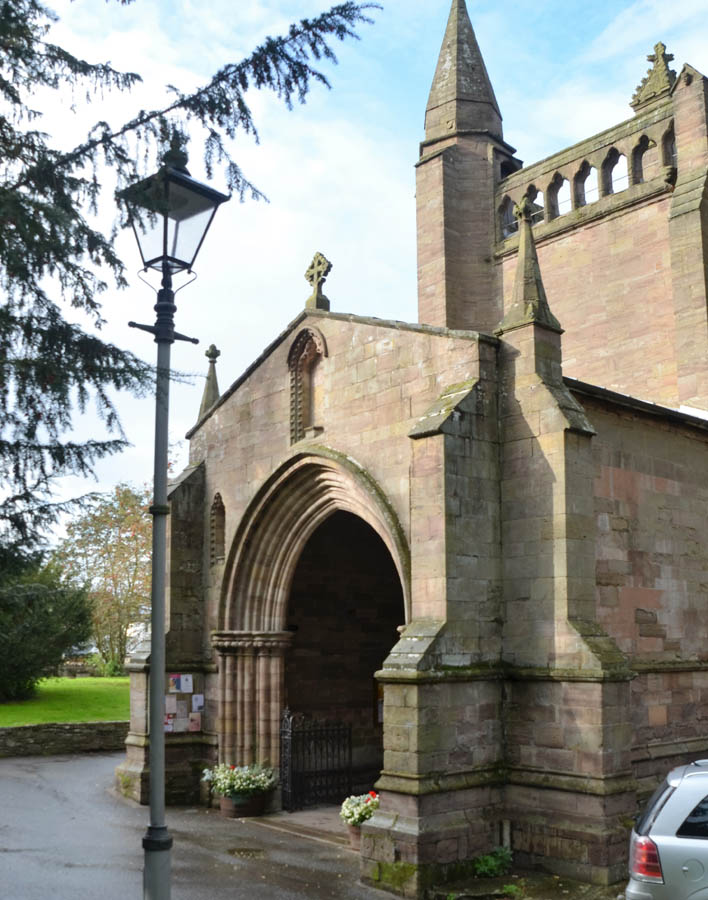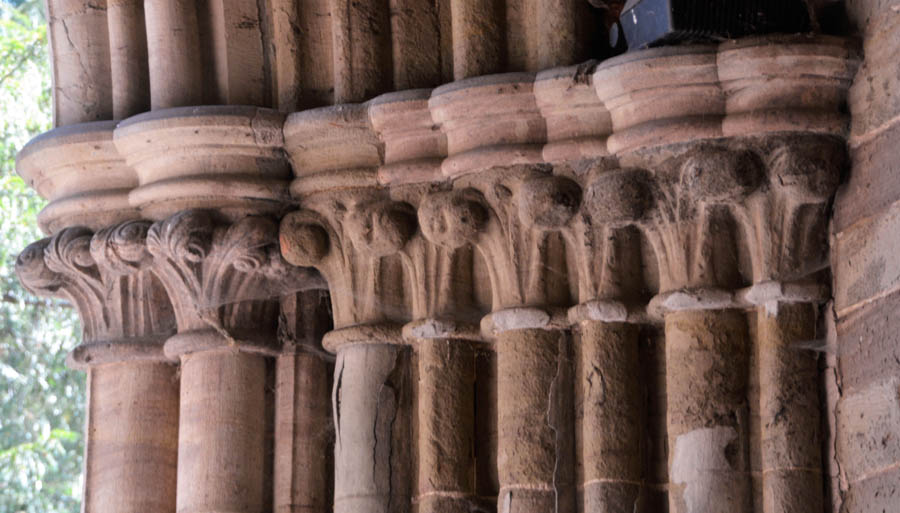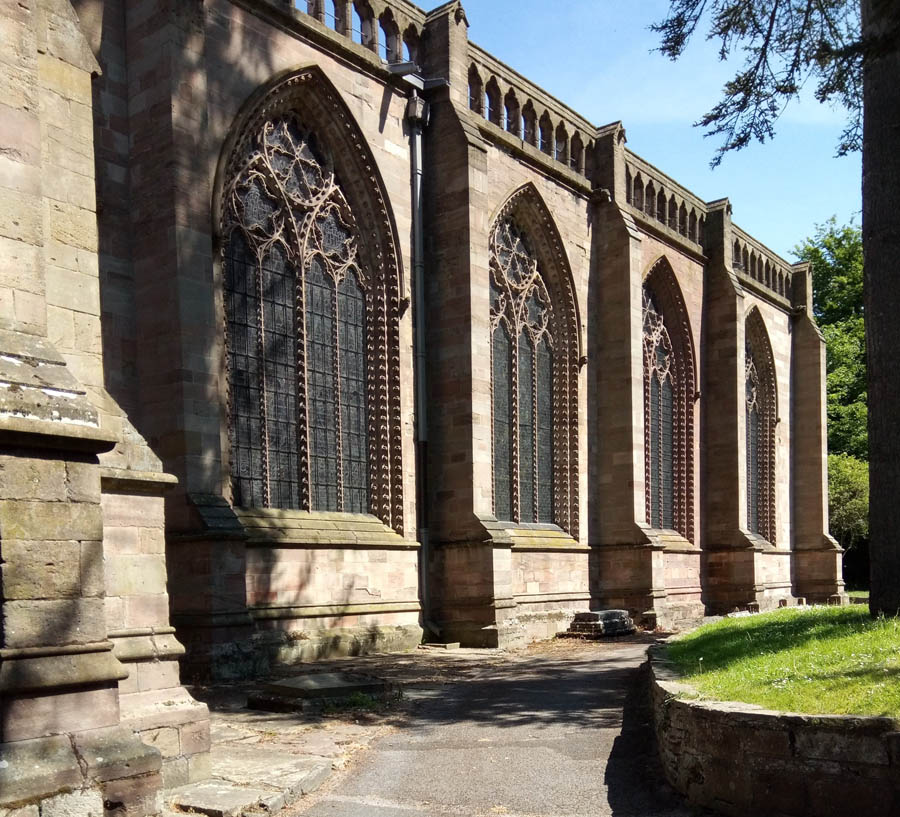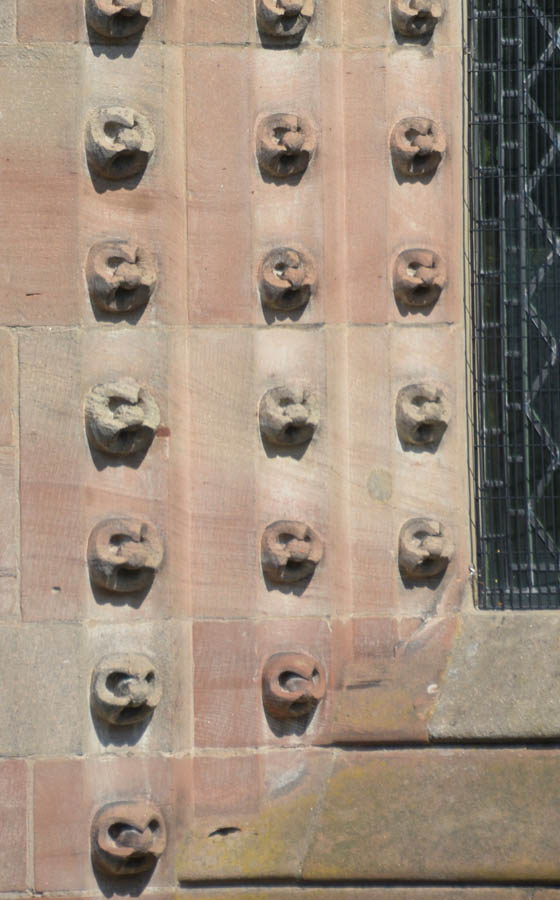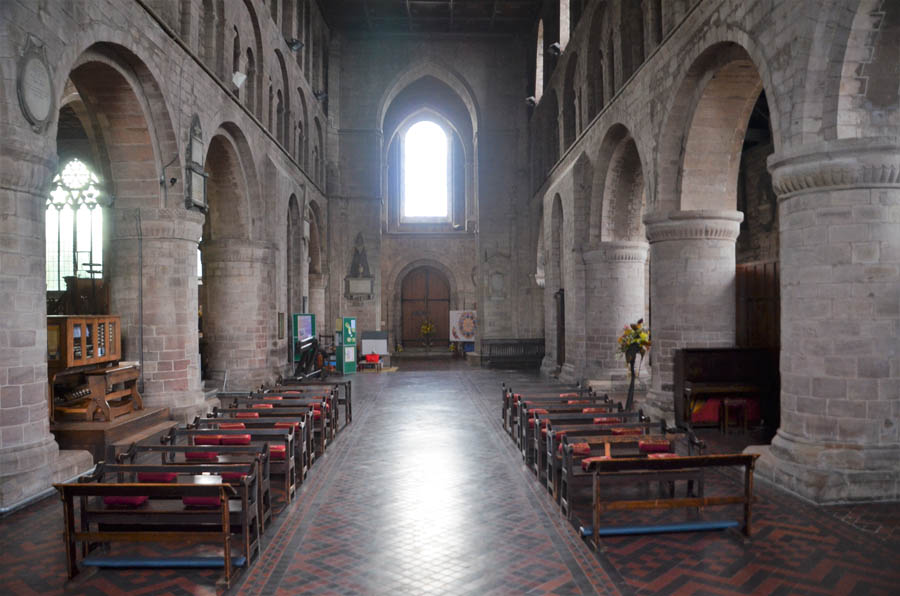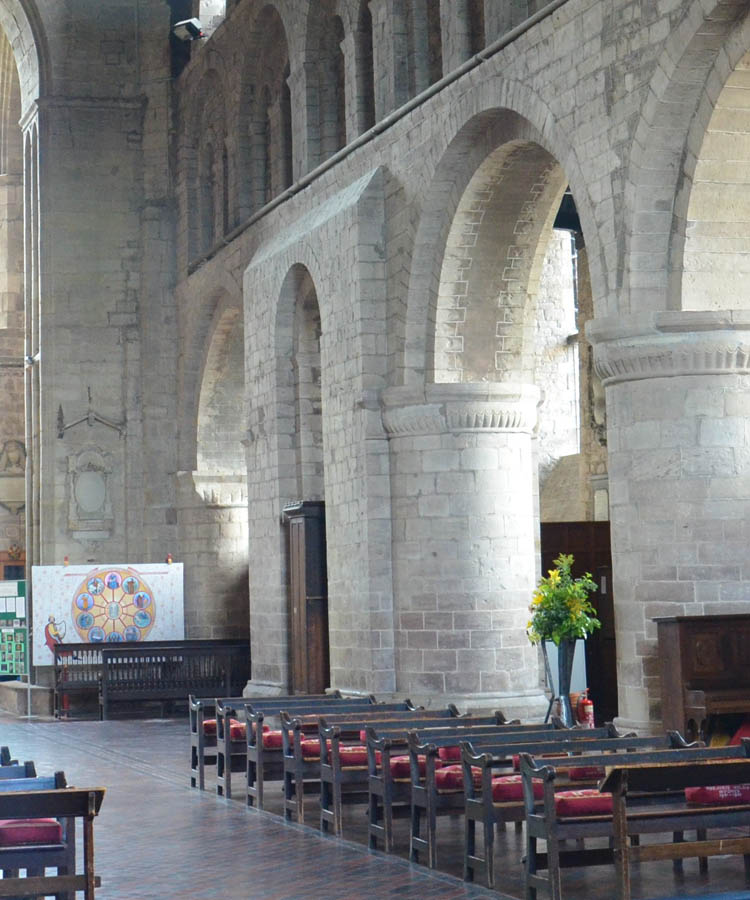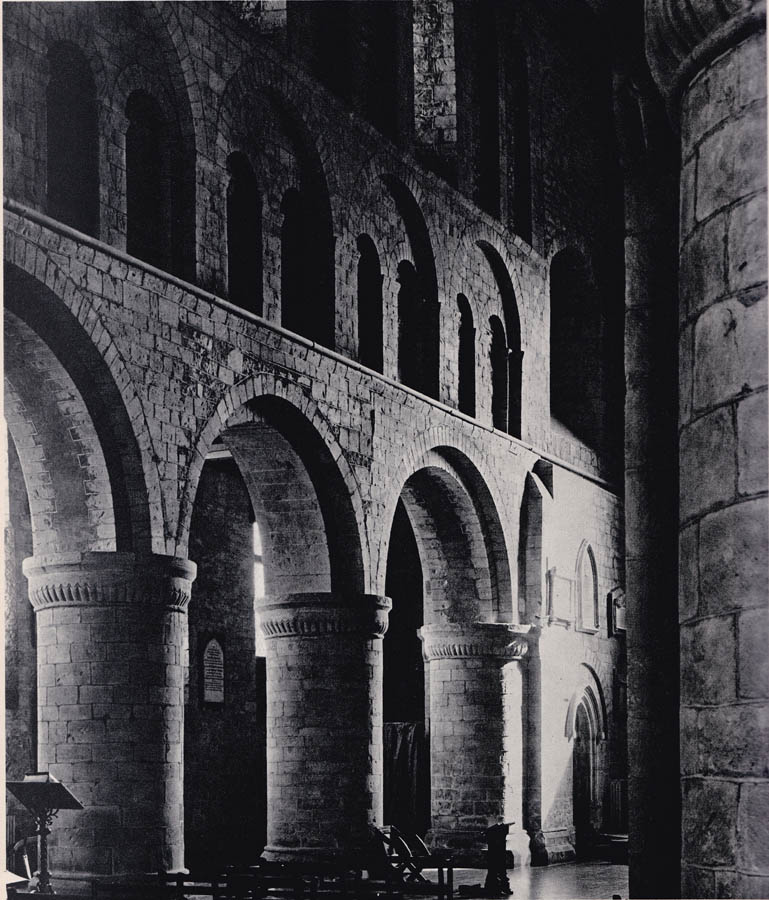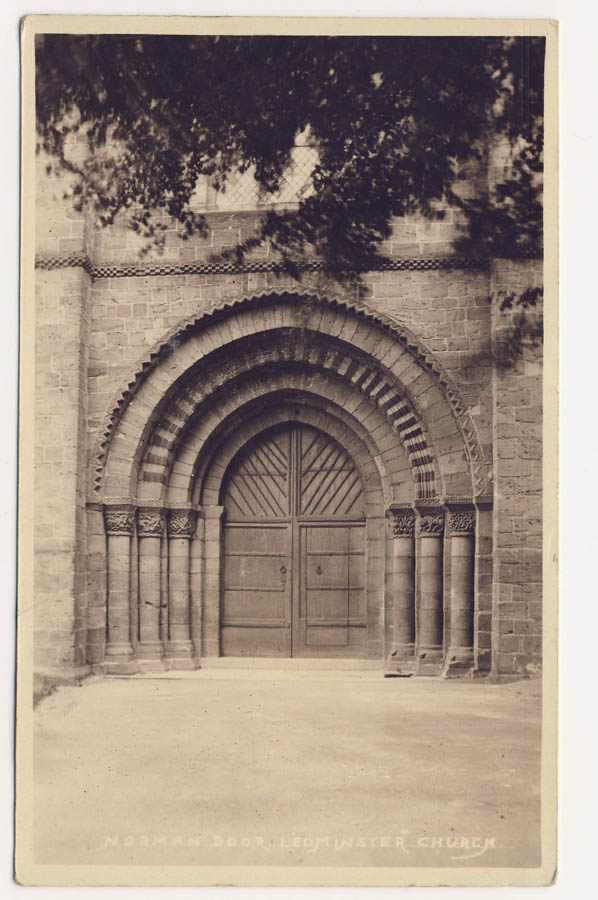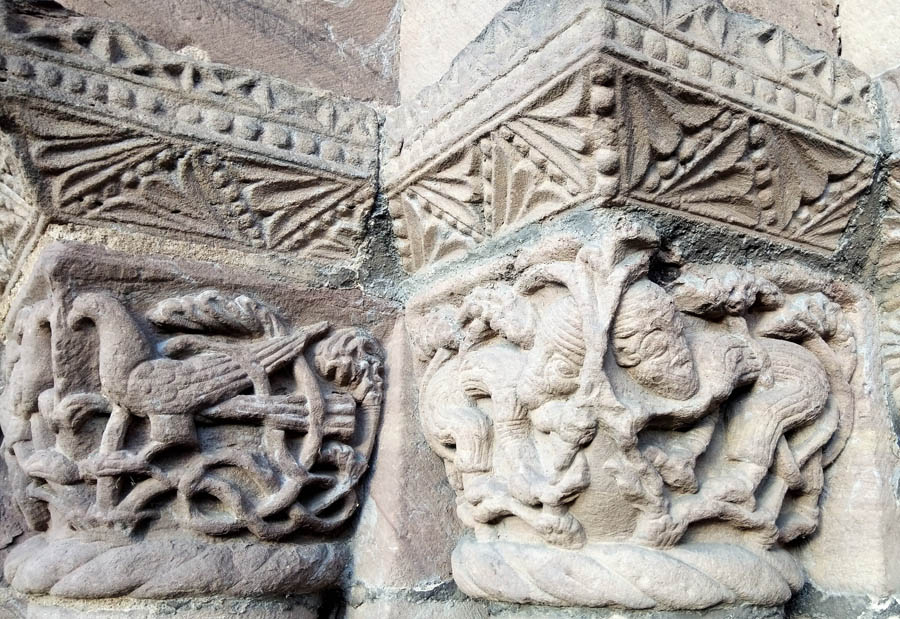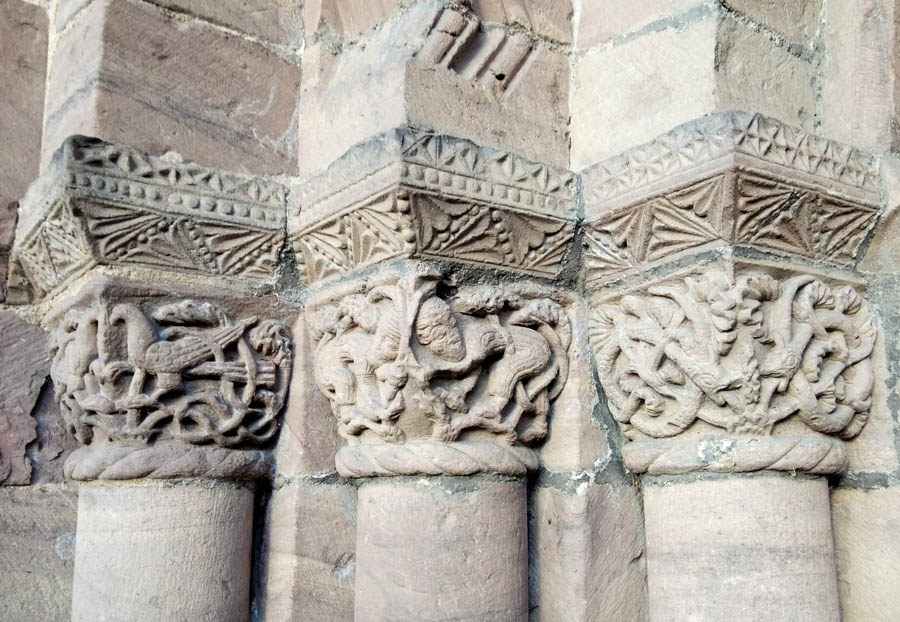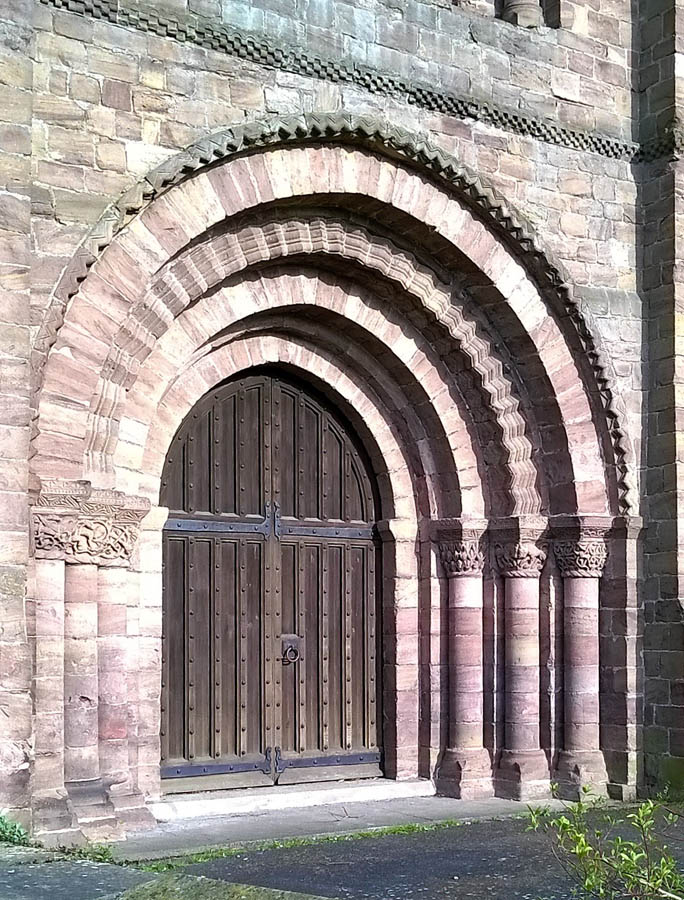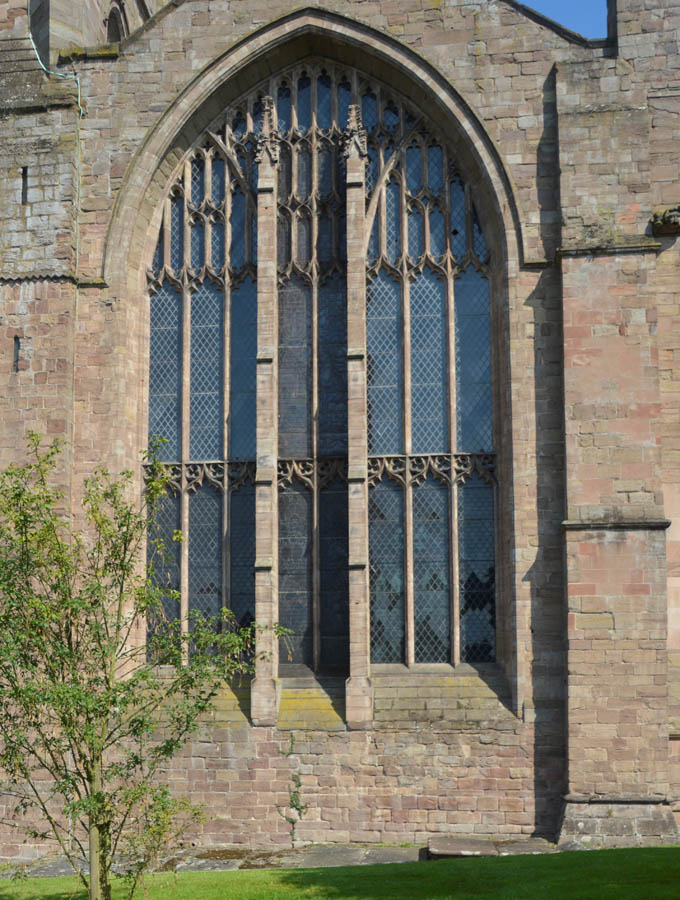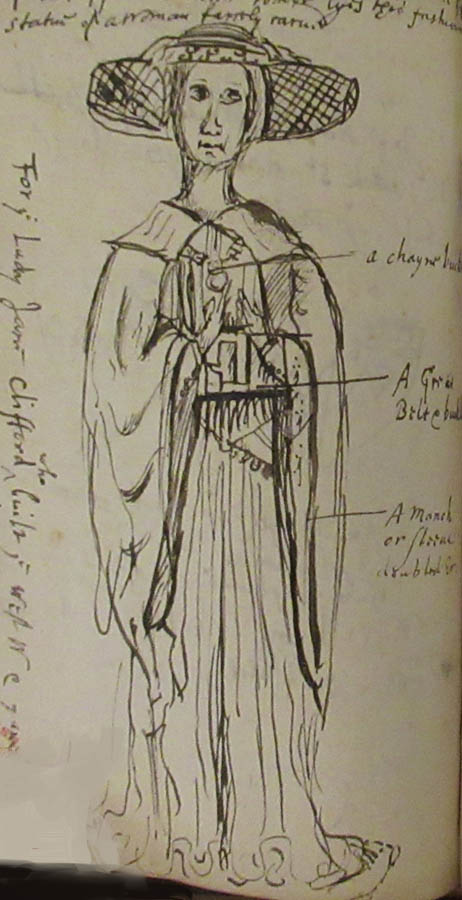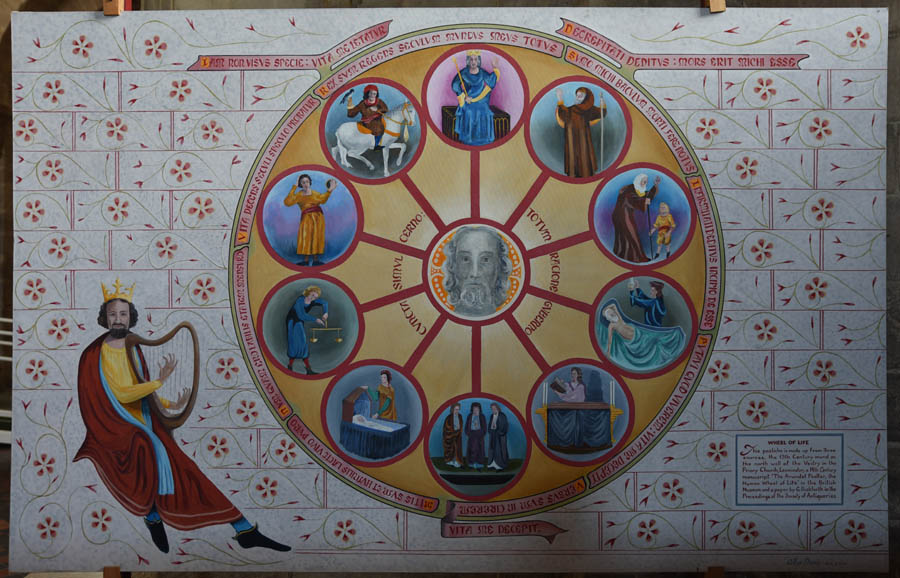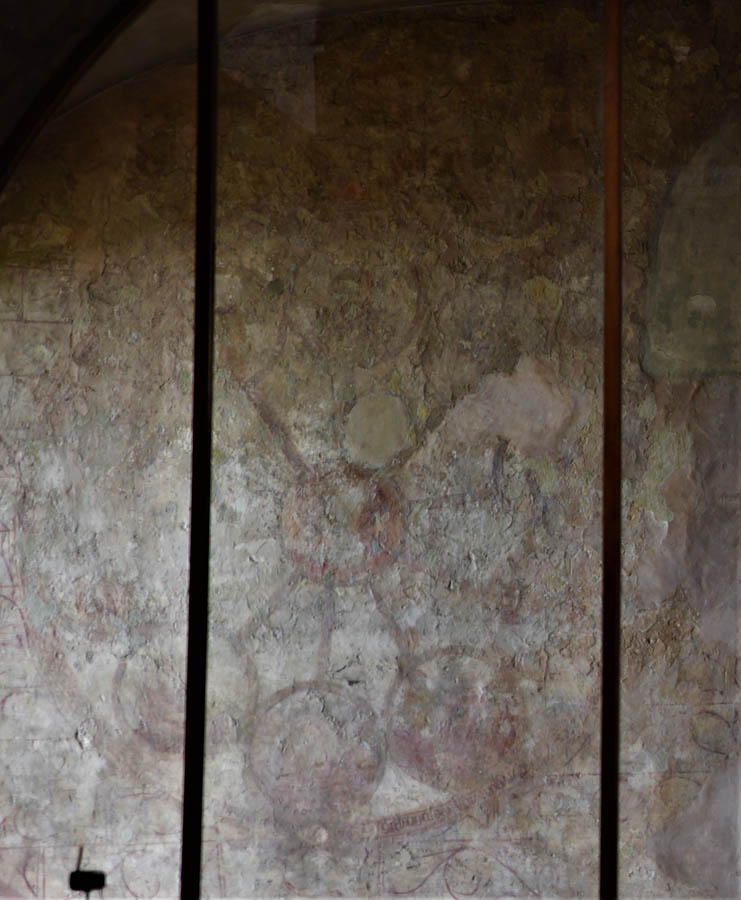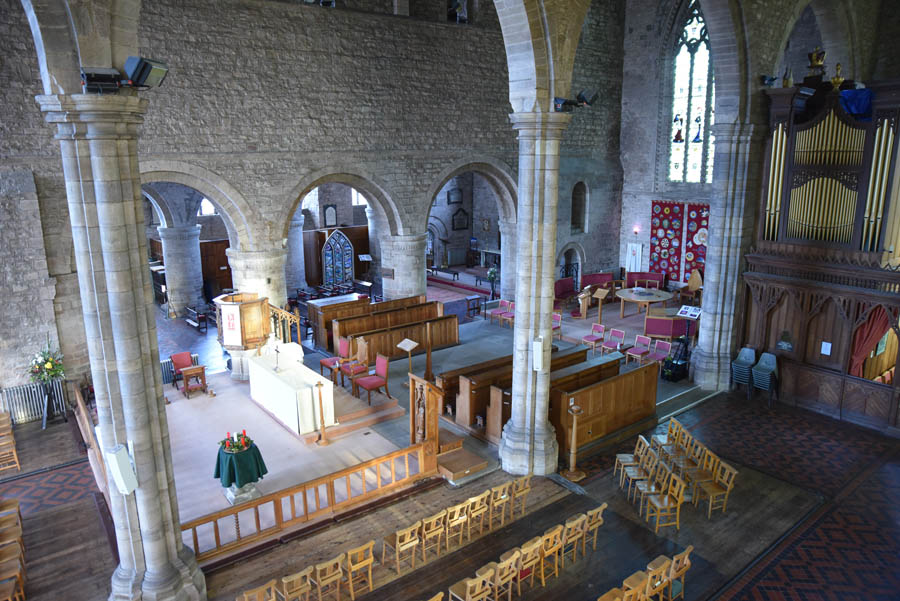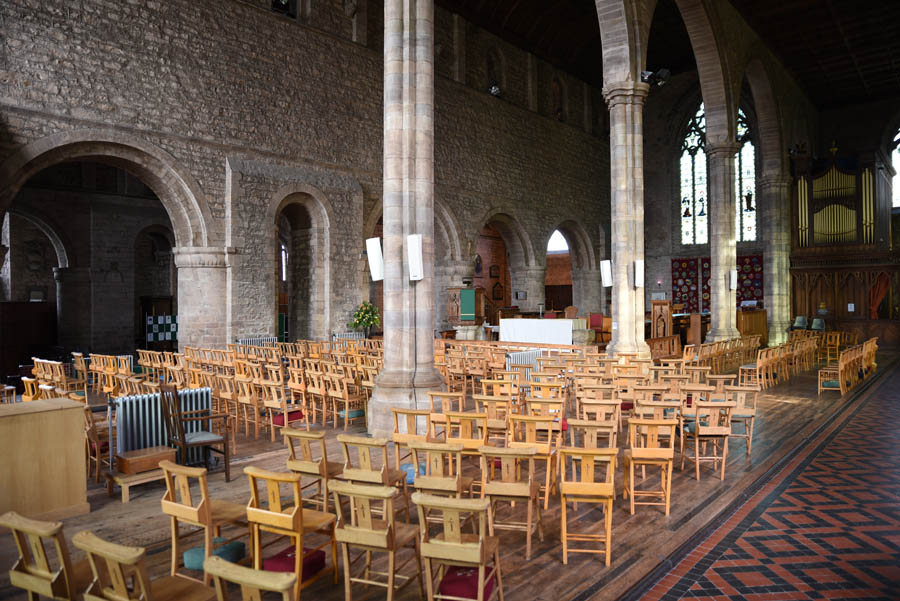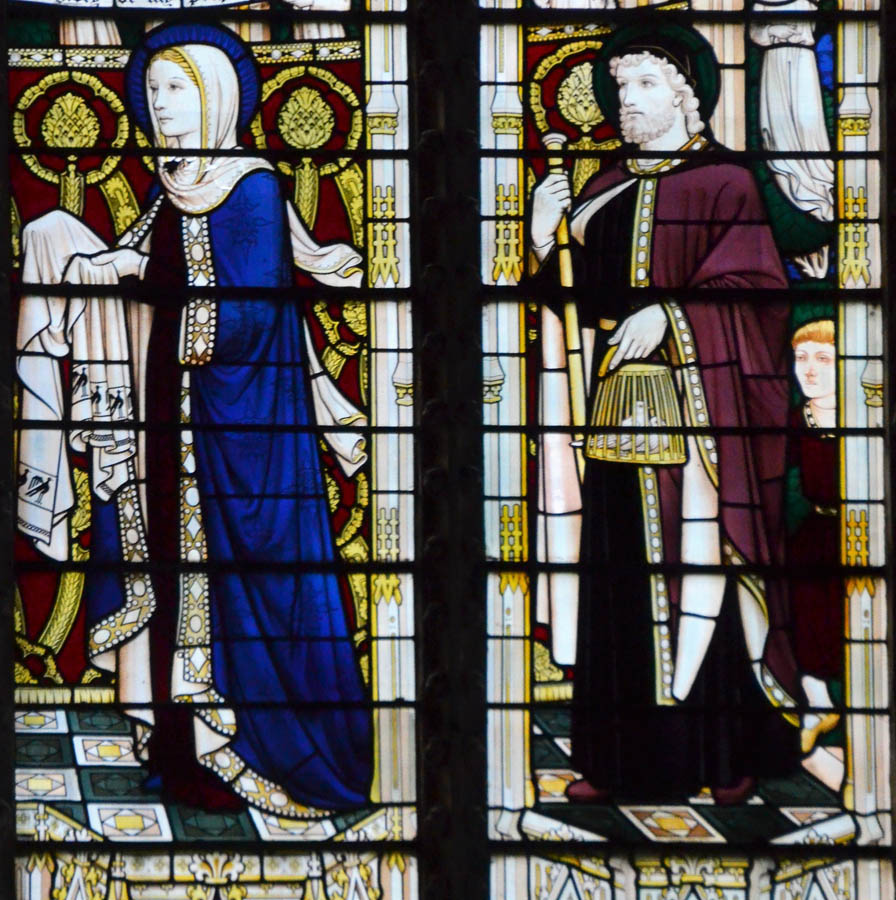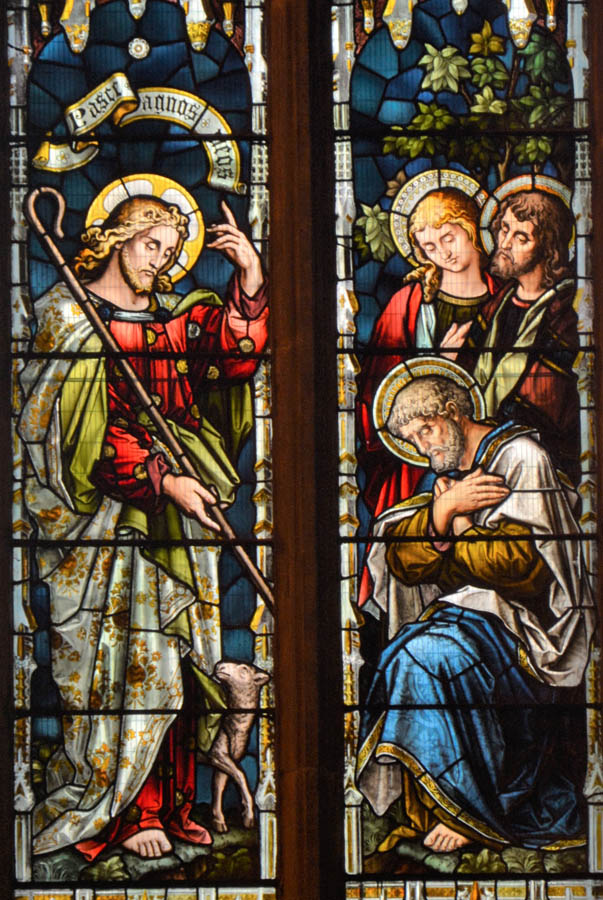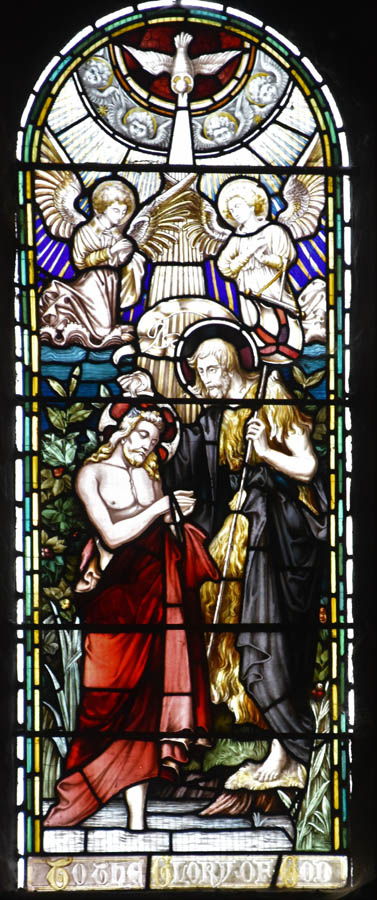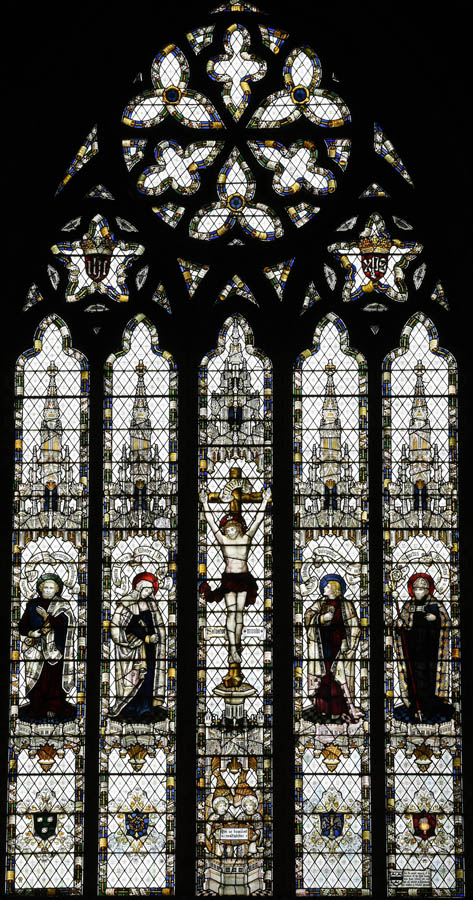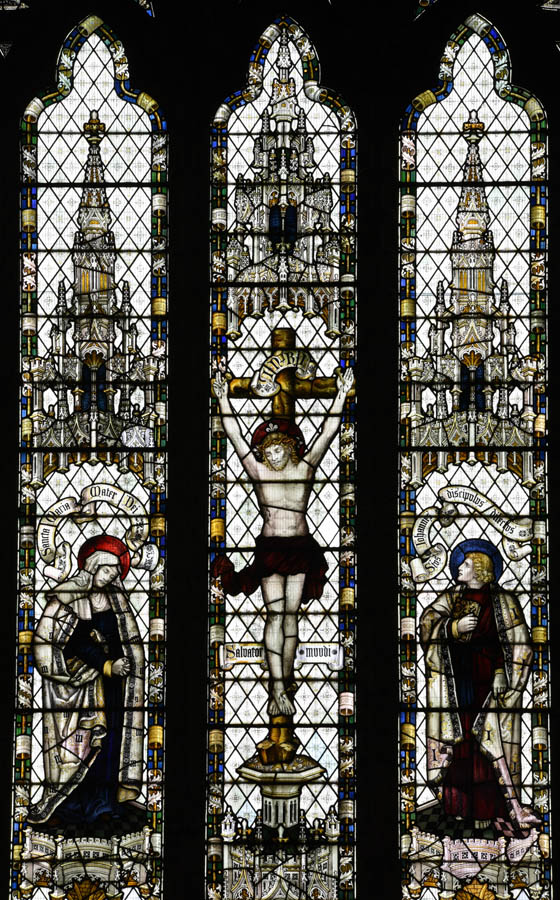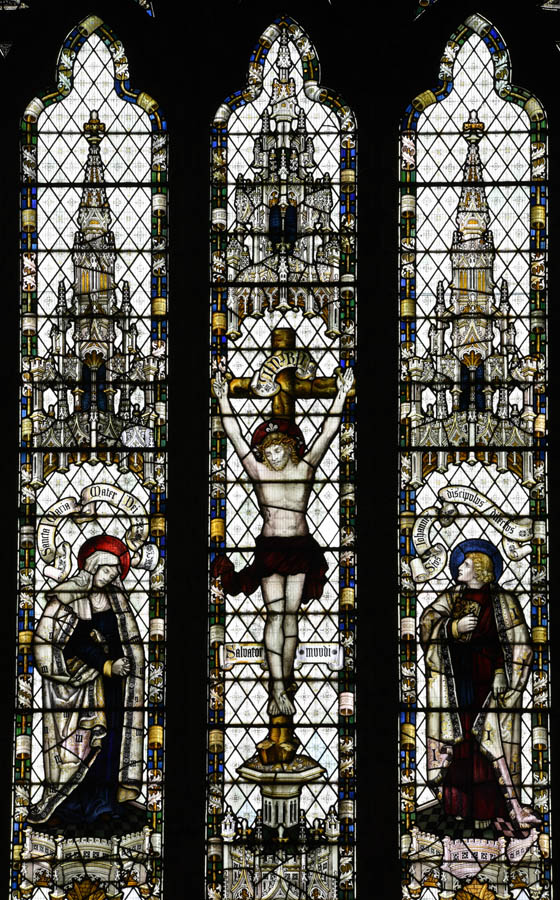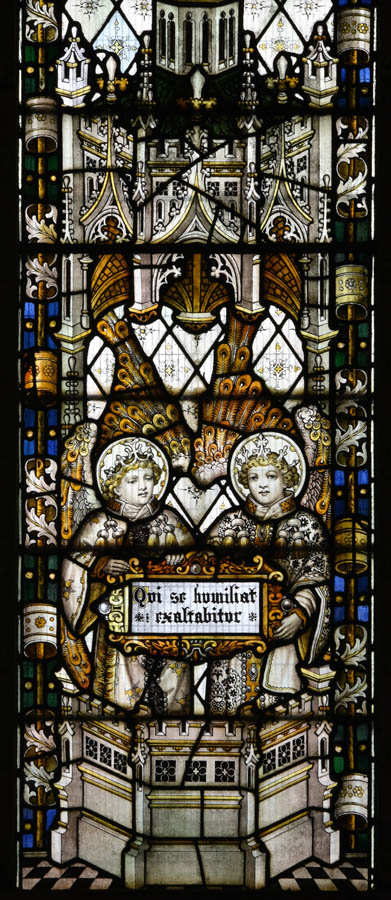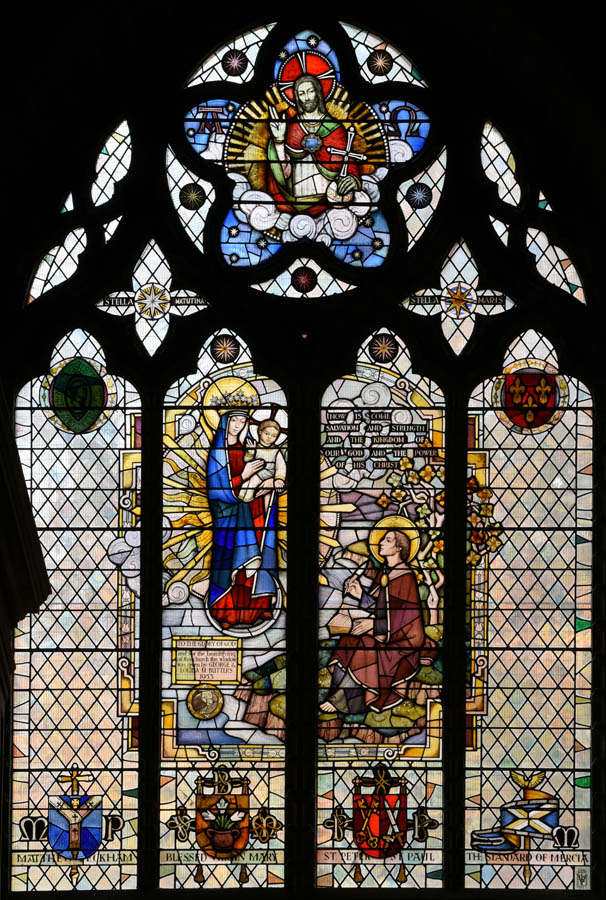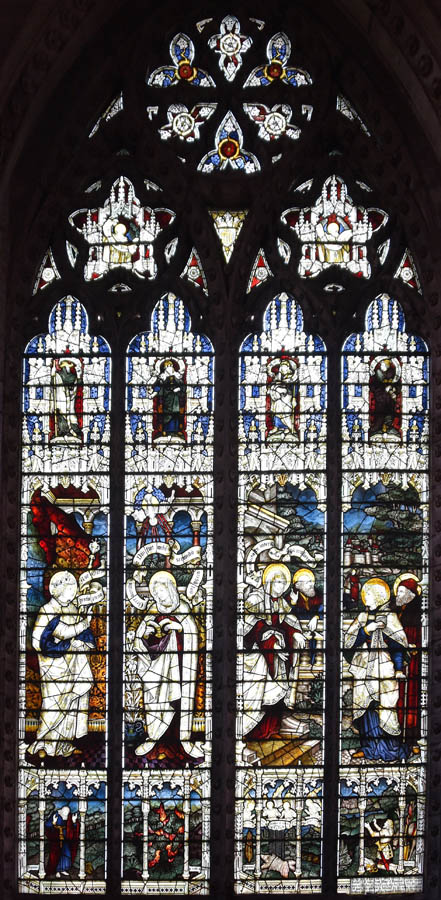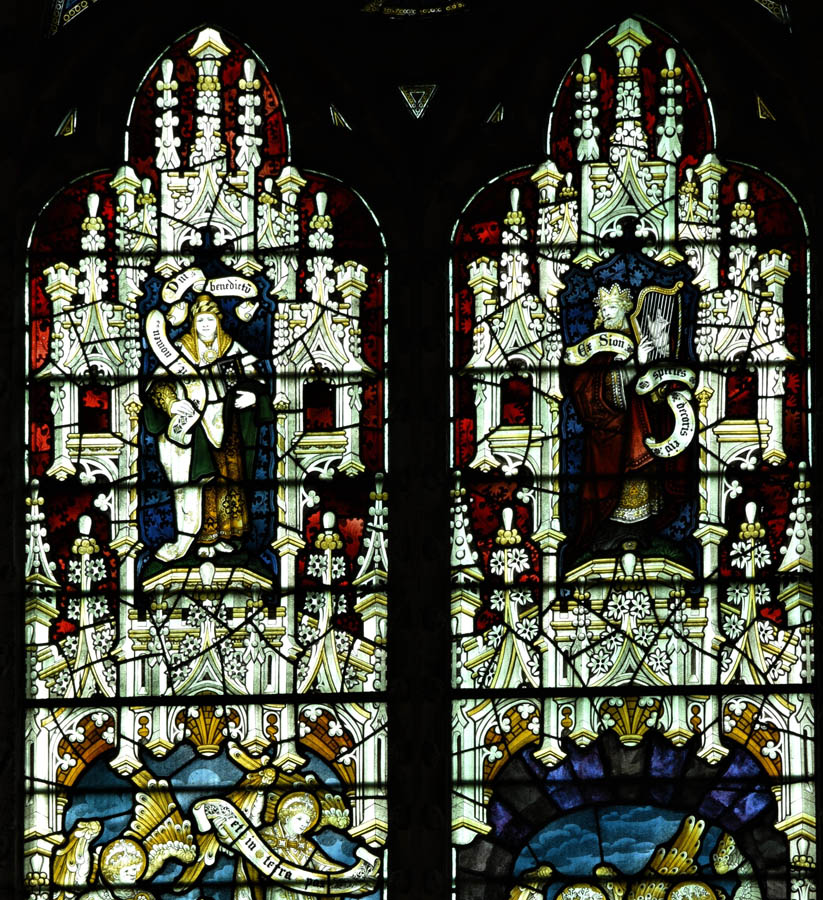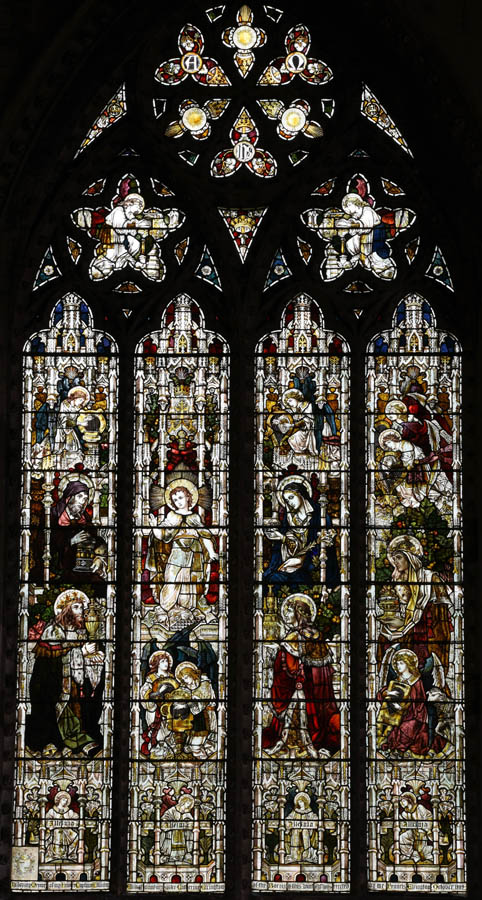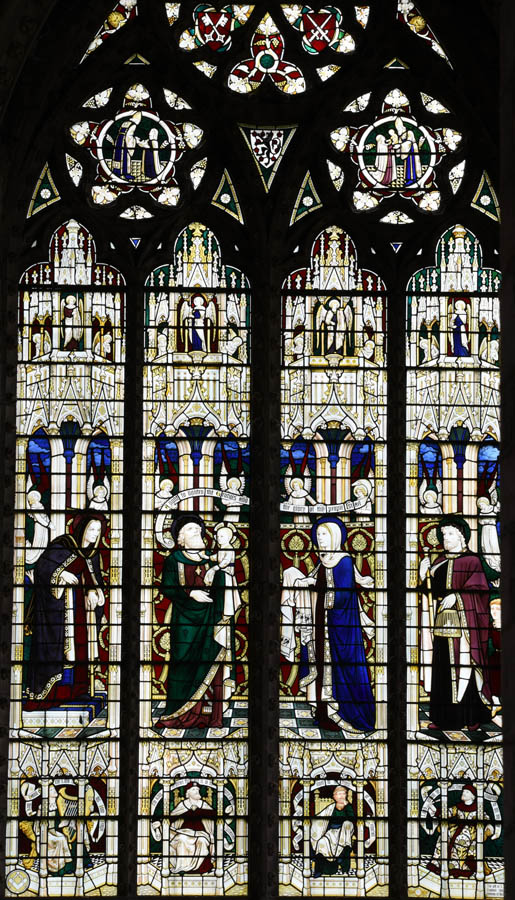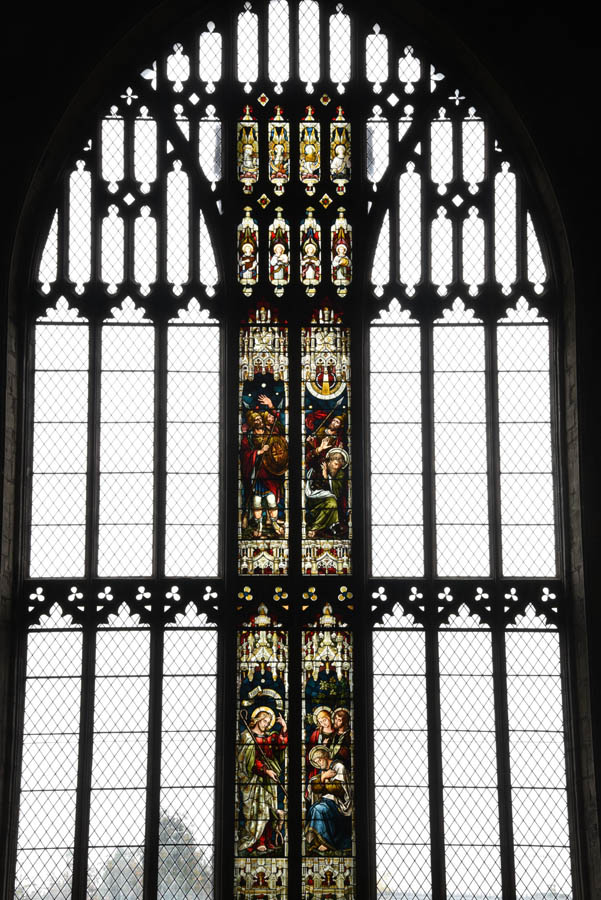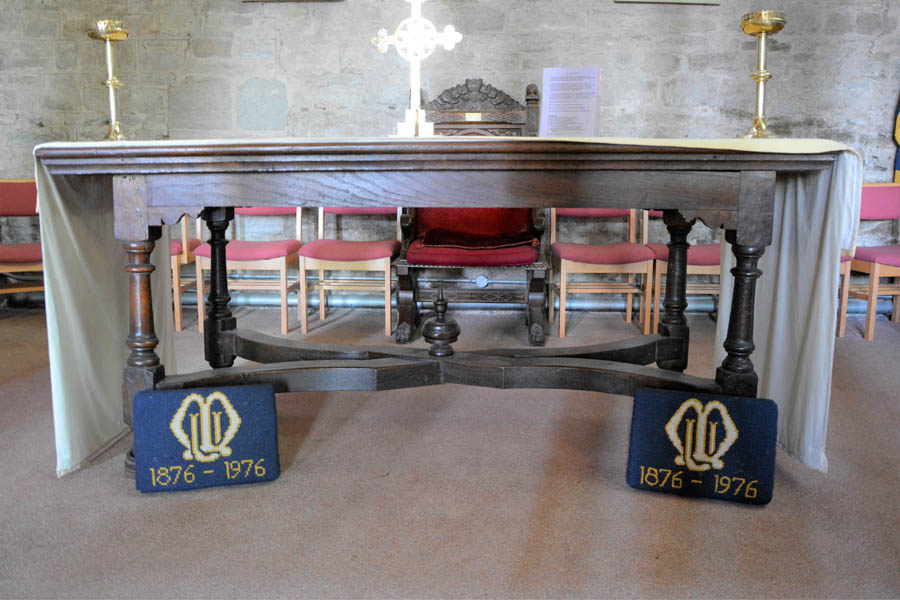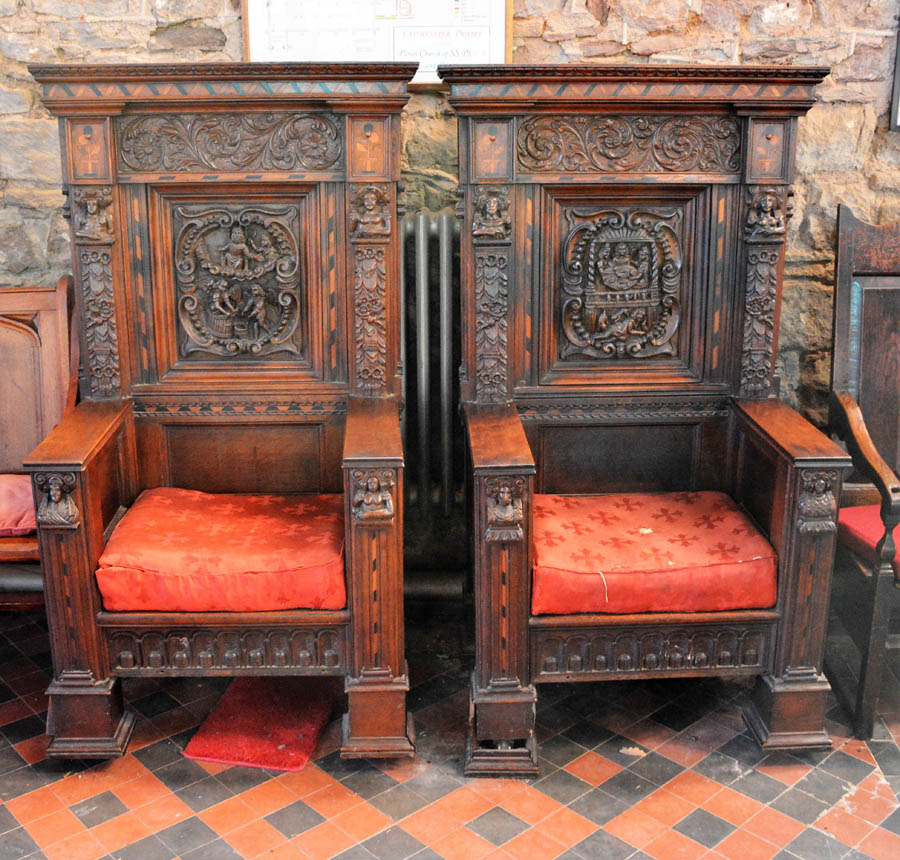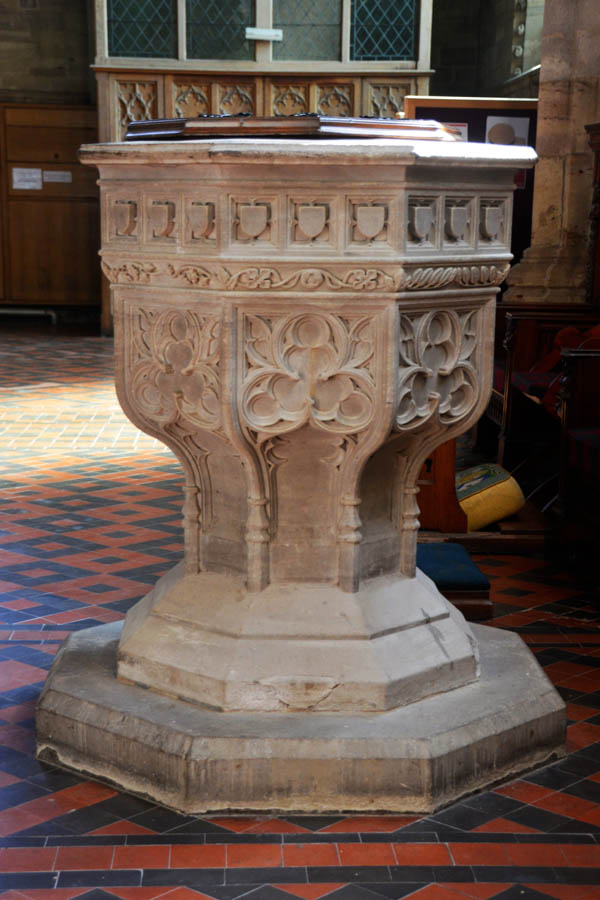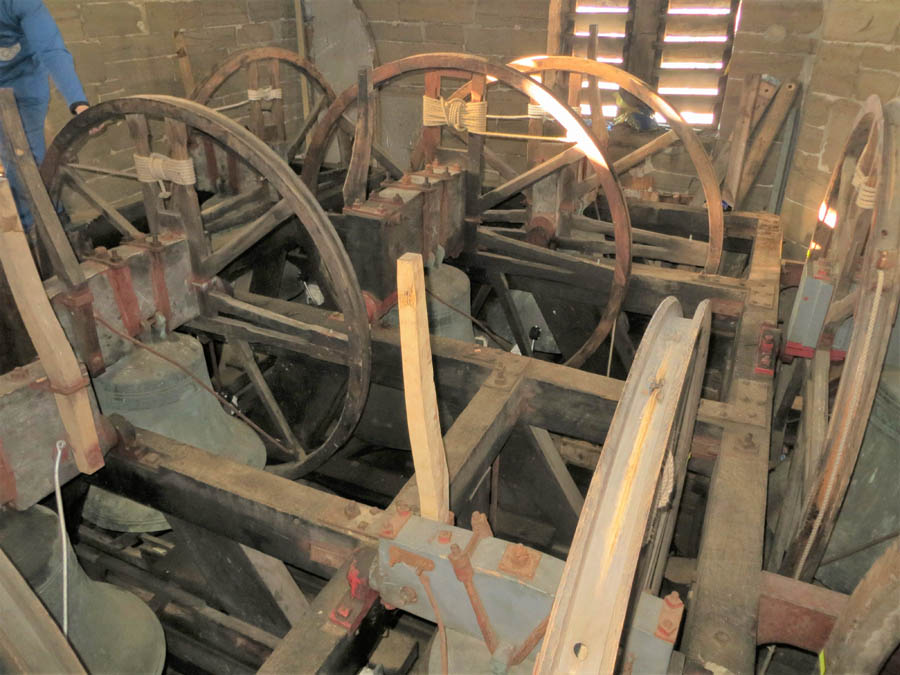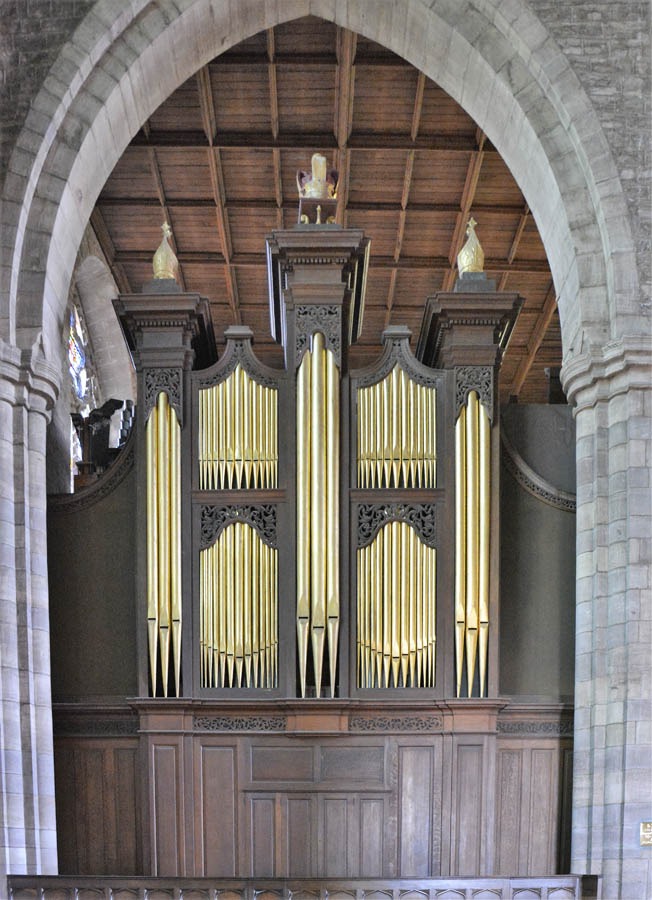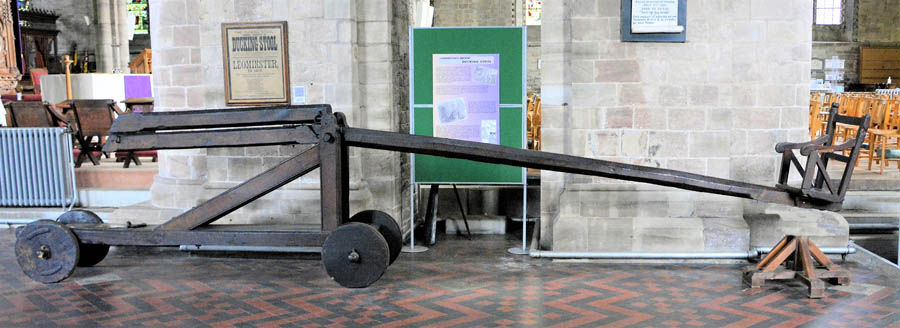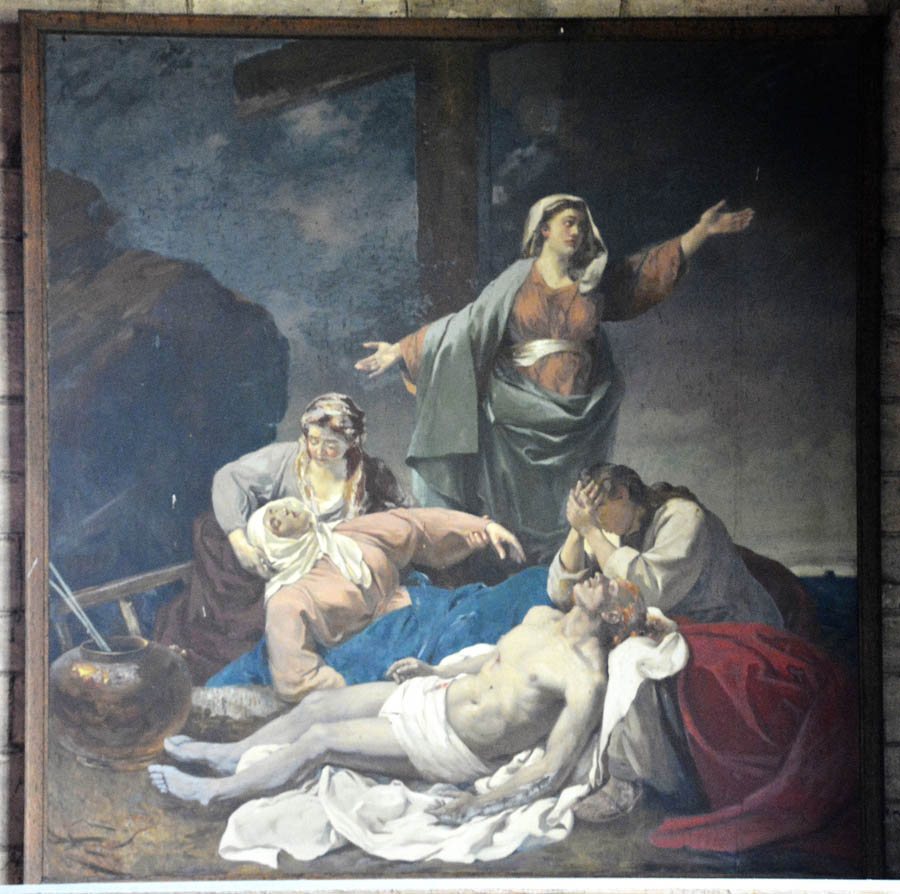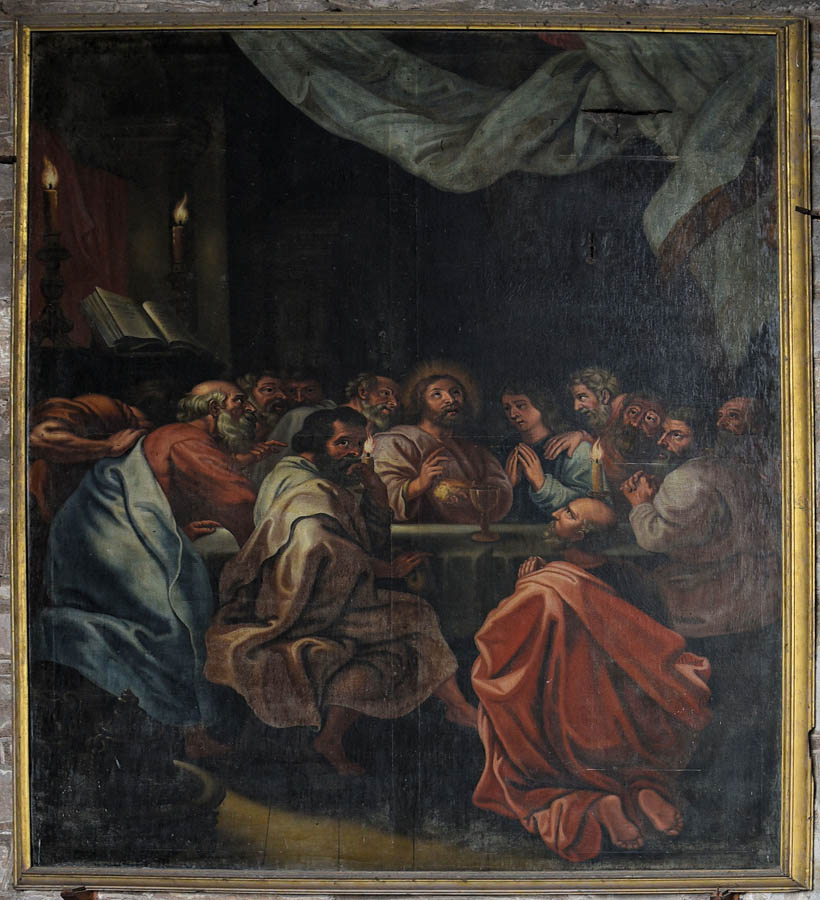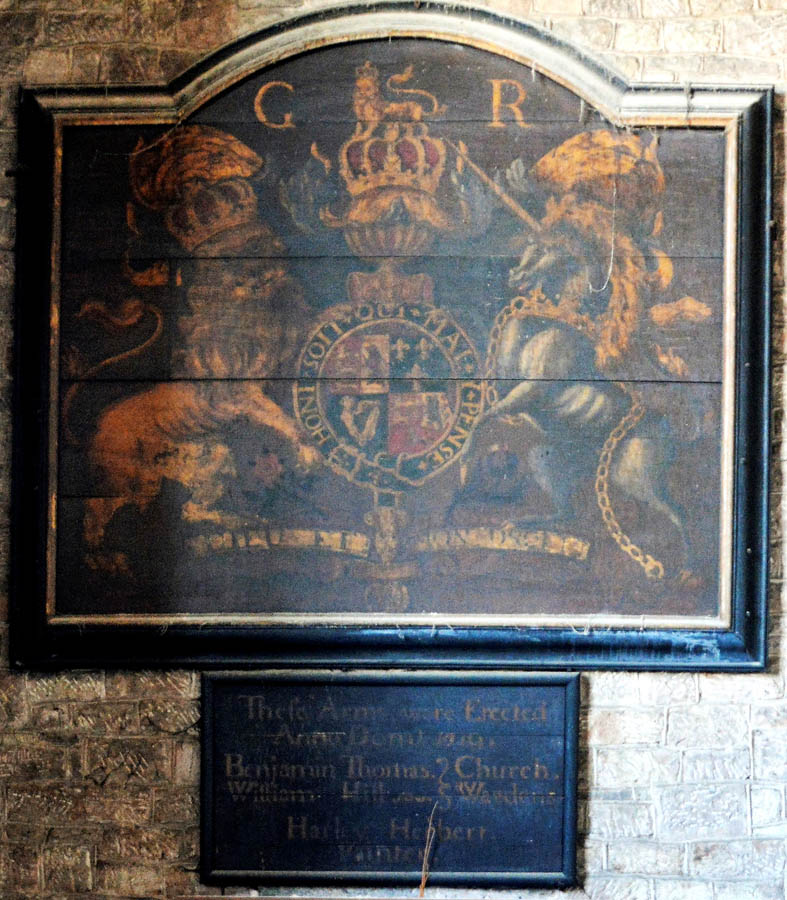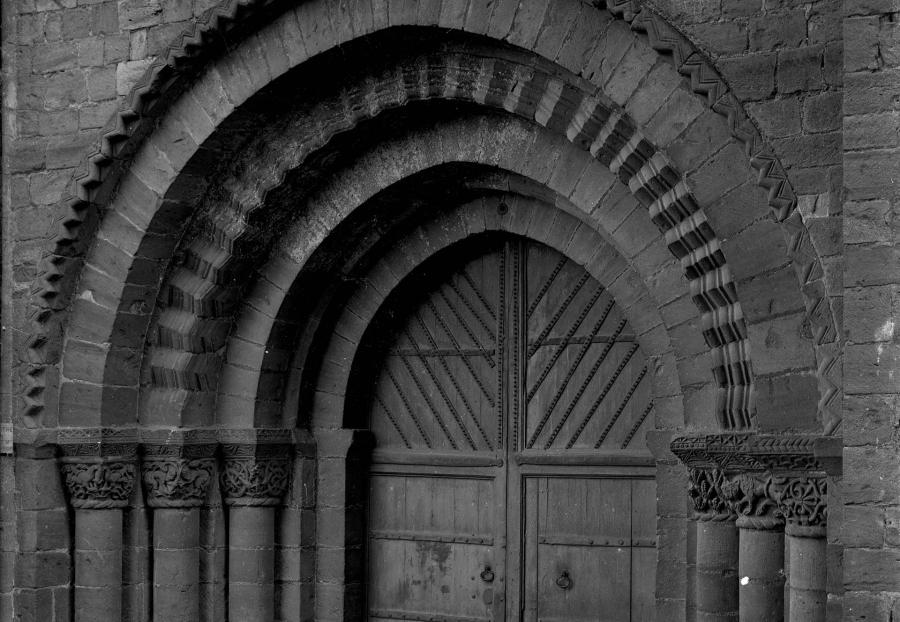Welcome to Leominster Priory
This site has been a centre of Christian worship for over 1,400 years.
The first church in Leominster was founded around AD 660 by Edfrith, a monk from the great monastery at Lindisfarne in Northumberland, who came to bring Christianity to the pagan King Merewalh and his people. The first monastery buildings were probably made of wood, surrounded by a big bank and deep ditch, parts of which can still be seen around the Grange today. Edfrith’s monastic community became very well known, but it eventually declined in numbers.
By 1000, there was a small community of nuns living and worshipping on this site, but the women suffered greatly in border conflicts between the Anglo-Saxons and the Welsh. There were still nuns living here at the time of the Domesday survey, made by William the Conqueror in 1086, but once again the community declined.

In 1123, King Henry I refounded the monastery as a daughter church of the Benedictine Reading Abbey. This time the buildings were made of stone. Much of the beautiful stonework from this period can still be seen today, including the carvings around the west door. The Norman church had a round east end and was shaped like a cross. Parts of it can still be seen on the north side of today’s building.


Like other churches at the time, the inside walls were covered in religious paintings. One can still be faintly seen in the north west corner of the church.
In the 1230s, a second nave was added to the side of Henry I’s church, and a third in the early 1300s. These extensions reflected Leominster’s growing wealth, but they also resulted in conflict between the monks and the townspeople, who often felt excluded and wanted their own worship space.
Did you know?
Inside Leominster Priory you can see the last ducking stool to be used in England. Ducking stools were a form of public humiliation, most often used to punish those who were found guilty of public nuisance or unscrupulous behaviour. The Leominster ducking stool was last used in 1809, when a young woman called Jenny Pipes was punished for using foul language. She was paraded through the streets on the ducking stool, before being dunked into the Kenwater river. In 1817 a similar sentence was given to another Leominster woman, called Sarah Leeke. She was wheeled around town on the ducking stool, but when they reached the river they found that the water level was too low for dunking. A lucky escape!
In 1539, King Henry VIII closed the monastery and ordered that parts of the church be demolished, so that the stone could be sold. The round end and two shorter arms of the building were destroyed, giving the church its unusual square shape. The surviving building became Leominster’s parish church.
In 1699, the church roof caught fire and services had to be held in the nearby Forbury Chapel for several years, until it was repaired. The Priory building was heavily restored by Sir Giles Gilbert Scott in the late 19th century, which caused much local controversy. Hundreds of people are buried both in and around the church. Most of the tombstones have been lost or moved now, but it is still a place of peace.
Leominster Priory remains at the heart of the town community, as both a place of worship and a much-loved venue for local events.

